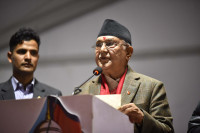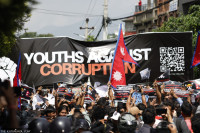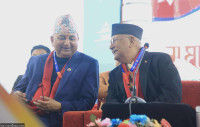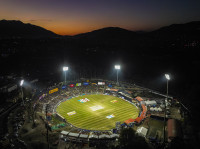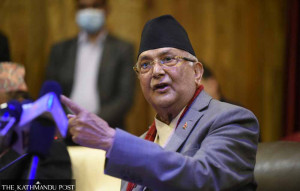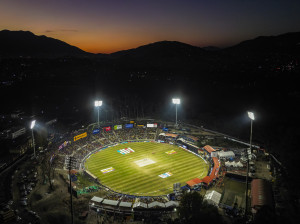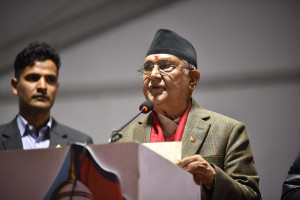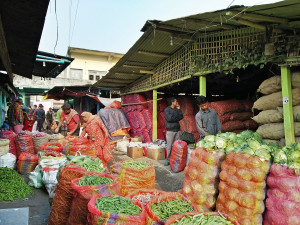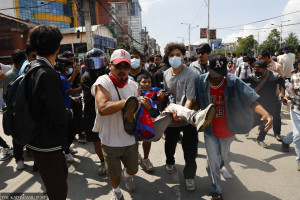Editorial
Two steps back
The draft constitution seeks to further consolidate the old power structure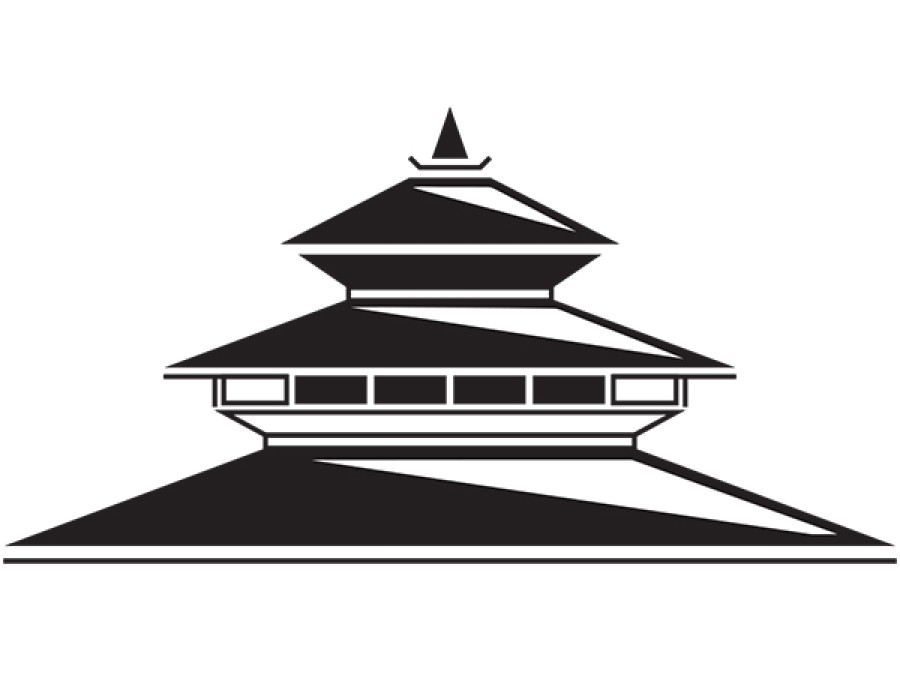
That the new constitution looks close to promulgation after years of deadlock should ideally give much joy. The four major parties, which never saw eye to eye on fundamental issues of the constitution, finally inked a 16-point agreement early this month. The eight-province model was agreeable to the Big Four—without delienation of the provinces.
But the draft of the new constitution that was unveiled a few days ago has led to much concern.
The new draft marks a major step backwards in ensuring that Nepal becomes a more just society. It has failed to institutionalise the basic principles established through the 2006 Jana Andolan. The drafters of the new constitution seem to have ignored the social churning that Nepal has witnessed in recent years. For example, the words ‘secularism’ and ‘federalism’ are both inexplicably missing from the constitution’s preamble, despite being included in the Interim Constitution.
This might be more of a symbolic matter. But there are many other substantive problems with the constitution that can only serve to further marginalise the marginalised. There is a systematic attempt to remove all provisions on inclusion that were established after 2006. Now, there is no requirement to ensure quotas for marginalised groups and women in Parliament—only a provision to ensure proportionality in the selection of candidates.
The provision on citizenship still discriminates against women, making it difficult to pass on citizenship to their children if the father is absent or a foreigner. The commitment to federalism is vague
and it appears to federalist forces that the parties intend to shelve it altogether. The constitution envisages placing many restrictions on the provinces and even if federalism is adopted, these states will be severely crippled from the start. The gist of the constitution is clear: it is meant to further consolidate the old power structure.
This is the result of a high degree of complacency among the top leaders of the major political parties. They believe that they can get away with such an exclusionary constitution as they together hold a vast numerical superiority in the Constituent Assembly. And they very well might be able to pass a constitution.
It should, however, be remembered that the underlying demands for inclusion and justice will not go away easily. This constitution, if passed in its current form, could instead give rise to a widespread alienation across Nepal. Other forms of resistance could flare up. New power alignments may emerge in subsequent elections. The constitution risks being discredited not just by sections of the population—women, Madhesis, Janajatis—but also by various disgruntled sections within the four large parties.
It is wiser to slow down (though, with a set deadline) the ‘fast-track’ approach in order to get a larger buy-in and give political ownership to wider constituencies. Only amendments to the draft will make the new constitution durable and meet the aspirations of the Nepali people; they will not make it weaker.




 18.12°C Kathmandu
18.12°C Kathmandu